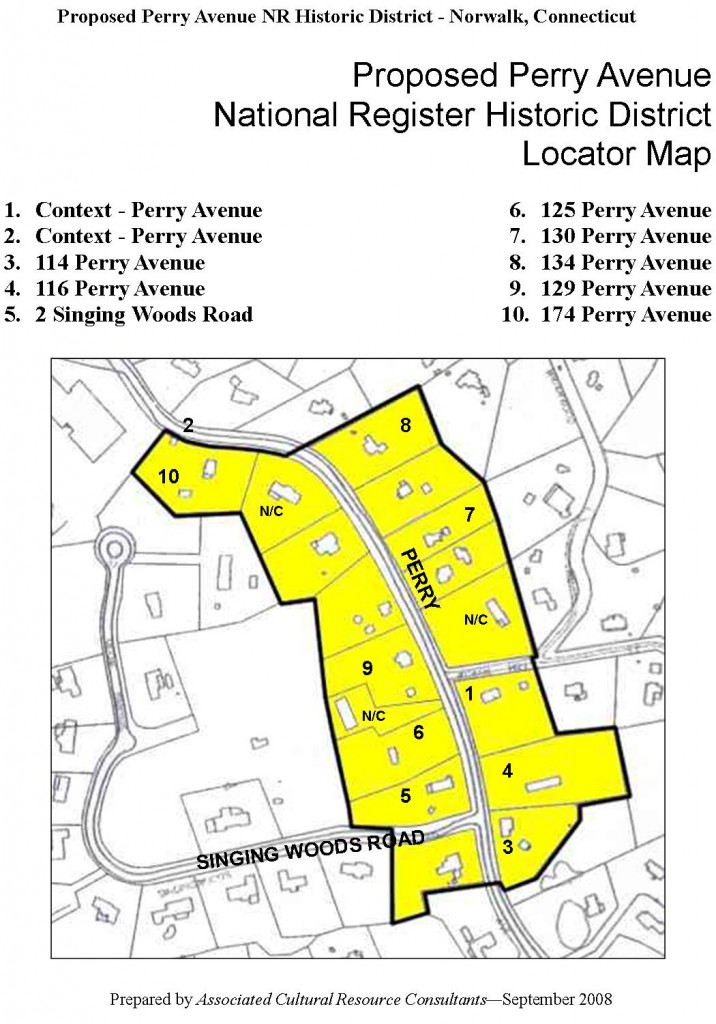Historic Areas
Two Historic Areas Recognized
Currently, Silvermine has two areas which have been recognized by the National Register of Historic Places.
Silvermine Center Historic District (Read full write-up)
 Like much of Connecticut, the Silvermine Center Historic District, lying on the border between Norwalk, New Canaan, and Wilton, might be called a postindustrial community. In the 18th and early 19th centuries various small and medium-sized mills appeared along the banks of the Silvermine River. Together with stores, a tavern, and the homes of the people who worked there, they made Silvermine a self-sufficient community, one of many scattered across Connecticut. Later in the 19th century the village entered a period of decline, as most of the mills succumbed to competition from larger companies in larger cities.
Like much of Connecticut, the Silvermine Center Historic District, lying on the border between Norwalk, New Canaan, and Wilton, might be called a postindustrial community. In the 18th and early 19th centuries various small and medium-sized mills appeared along the banks of the Silvermine River. Together with stores, a tavern, and the homes of the people who worked there, they made Silvermine a self-sufficient community, one of many scattered across Connecticut. Later in the 19th century the village entered a period of decline, as most of the mills succumbed to competition from larger companies in larger cities.
In the 20th century, artists and writers discovered Silvemine. In addition to their own remodeled homes and studios, the old tavern became an inn catering to travelers, and a number of other buildings became antique shops. But the small-scale vernacular architecture and irregular layout of the older community, preserved by the period of poverty, absorbed the changes. Most recently the community has become a more general suburb, although one still characterized by a strong arts community.
The Perry Avenue Bridge (Read full write-up)
Also of stone is the Perry Avenue bridge in Silvermine, a part of Norwalk, built in 1899. At the time, Silvermine was a small village with a few small industries. The bridge crosses the Silvermine River just downstream from a mill dam, and the possibility of flooding seems to have justified stone construction. In the 20th century the community attracted a group of artists, many of whom drew or painted the bridge.